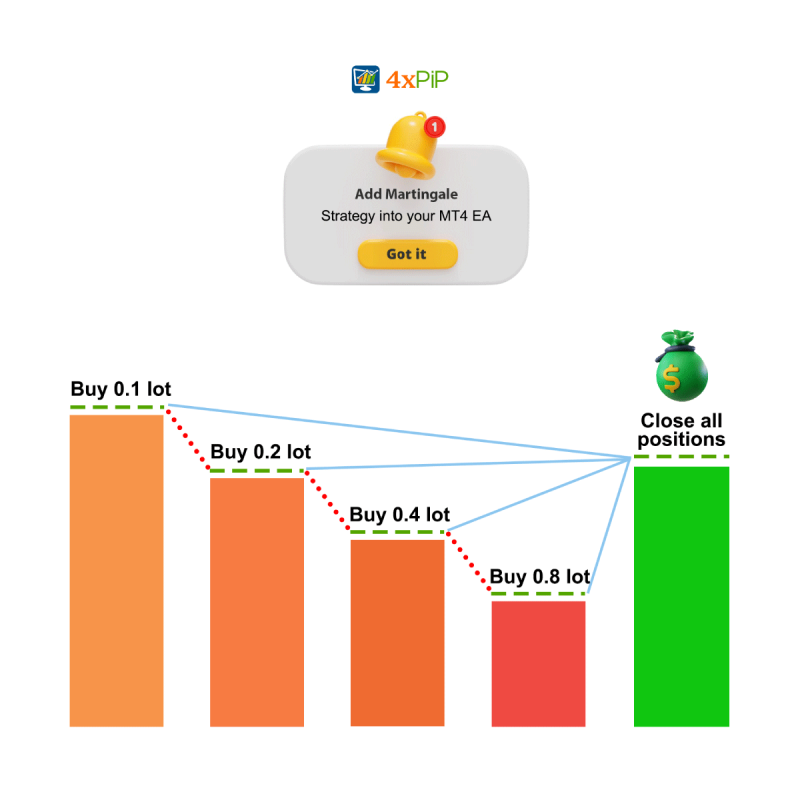In this article, we’re going to explore the world of investment and break down two key metrics that can help you make smarter investment decisions – Alpha and Beta. These metrics are like the compass that guides your investment journey. Alpha tells you how well an investment has performed compared to a benchmark, while Beta helps you understand how risky an investment is compared to the overall market. These metrics are valuable tools for assessing the potential of your investments and managing risks. So, let’s dive in and uncover the secrets of Alpha and Beta in a way that’s easy to understand.
Understanding Alpha and Beta:
Investors often use alpha and beta together to measure the performance of stocks and investment funds.
Beta measures how volatile an investment is relative to the market. A beta of 1 means that the investment moves in line with the market, while a beta of 2 means that the investment is twice as volatile as the market.
Alpha measures the excess return of an investment over a benchmark, such as the S&P 500. A positive alpha means that the investment has outperformed the benchmark, while a negative alpha means that it has underperformed.
The equation that relates alpha and beta is:
y = a + bx + u
where:
- y is the performance of the stock or fund
- a is alpha, the excess return of the stock or fund.
- b is beta, volatility relative to the benchmark
- x is the performance of the benchmark, which is often the S&P 500 index
- u is the residual, the unexplained random portion of performance each year
The equation can be interpreted as follows:
- The alpha term represents the investment’s ability to outperform the market, after adjusting for risk.
- The beta term represents the investment’s volatility relative to the market.
- The residual term represents the unexplained portion of the investment’s performance.
A linear regression model calculates both alpha and beta, taking into account the investment’s returns, the market’s returns, and a random error term.
These metrics, alpha and beta, serve to compare and predict the returns of different investments. An investment with a higher alpha is more likely to outperform the market, while an investment with a higher beta is more volatile.
Important note to remember that alpha and beta are just two metrics, and they should not be used in isolation. When making investment decisions, investors should also consider other factors such as the investment’s risk and liquidity.
What is Beta in Investment?

Beta measures how volatile an investment is relative to the market, representing systematic risk that cannot be diversified away.
A beta of 1 indicates that the investment moves in line with the market. A beta of 2 means the investment is twice as volatile as the market, while a beta of -2 implies the investment moves in the opposite direction of the market by a factor of two.
Being a multiplicative factor, if an investment has a beta of 2, it will go up or down twice as much as the market in each period.
Beta serves as a tool to assess the risk of an investment and compare the risk of different investments. Additionally, it can be utilized to predict how an investment will perform in the future.
important Note to remember that beta is not the only factor that determines an investment’s performance. Other factors, such as the investment’s valuation and management, can also play a role.
Here are some examples of how to use beta:
- A fund manager might choose to invest in a stock with a high beta if they believe that the market is going to go up soon.
- A risk-averse investor might choose to invest in a stock with a low beta if they want to minimize their risk.
- A financial analyst might use beta to compare the risk of two different stocks.
Overall, beta is a useful tool for investors to use when making investment decisions. However, it is important to remember that it is not the only factor that should be considered.
What is Alpha in Investment?

Alpha measures the excess return on an investment after adjusting for market-related volatility and random fluctuations. It gauges how well an investment has performed relative to a benchmark index, such as the S&P 500.
An alpha of 0 indicates that the investment has performed in line with the benchmark index. An alpha of 1 signifies that the investment has outperformed the benchmark index by 1%, while an alpha of -1 means that the investment has underperformed the benchmark index by 1%.
Investors find alpha useful for making investment decisions, helping them identify investments with the potential to outperform the market. However, it’s crucial to remember that alpha is not the sole factor to consider. Other factors, like the investment’s risk and liquidity, should also be taken into account when making investment decisions.
Some notes to keep in mind about alpha:
- Alpha is calculated over a period, so it is not a perfect measure of an investment’s future performance.
- Alpha can change over time, so it is important to monitor it regularly.
- Alpha is not the same as risk. Other factors, such as the investment’s valuation and management, can also play a role in an investment’s risk.
Examples of how alpha can be used:
- A fund manager might choose to invest in an asset with a high alpha if they believe that the asset has the potential to outperform the market.
- A risk-averse investor might choose to invest in an asset with a low alpha if they want to minimize their risk.
- A financial analyst might use alpha to compare the performance of different investments.
Overall, investors should indeed consider alpha as a useful tool when making investment decisions. However, it is crucial to remember that it is not the sole factor that should be taken into account.
What Are the Best Risk Management Strategies for Novice Traders?
As a novice trader stepping into the world of trading, one of the most crucial aspects you need to grasp is risk management. It’s like a safety net that ensures you don’t fall too hard when the market throws you a curveball. Here, we’ll discuss some essential risk management strategies that every beginner should consider:
Set Stop-Loss Orders: One of the simplest yet effective risk management tools is the stop-loss order. It allows you to predetermine the maximum amount you’re willing to lose on a trade. When the market reaches that level, the trade is automatically closed, preventing further losses.
Diversify Your Portfolio: The age-old saying, “Don’t put all your eggs in one basket,” holds true in trading as well. Diversifying your investments across different assets can help spread the risk. If one investment performs poorly, others might compensate for the losses.
Position Sizing: Determine the size of your positions based on your risk tolerance. Avoid going all-in on a single trade, as it can lead to significant losses. A common rule of thumb is not to risk more than 1-2% of your trading capital on a single trade.
Risk-Reward Ratio: Before entering a trade, assess the potential risk and reward. A favorable risk-reward ratio ensures that the potential profit justifies the risk you’re taking. A commonly used ratio is 1:2, meaning you’re aiming for a reward at least twice the size of the risk.
Stay Informed: Keep a close eye on market news and events that could impact your trades. Sudden developments can trigger volatility, and being informed allows you to make timely decisions.
Avoid Overtrading: Novice traders often fall into the trap of overtrading, making too many trades in a short period. This can lead to emotional decision-making and increased risk. Stick to a well-thought-out trading plan.
Use Technical and Fundamental Analysis: Combine technical analysis (studying price charts) and fundamental analysis (examining economic and company data) to make informed decisions. This dual approach can help reduce the risk of making impulsive trades.
Practice on Demo Accounts: Most trading platforms offer demo accounts where you can practice trading with virtual money. It’s an excellent way to test your strategies and get comfortable with the trading process without risking real capital.
Continuous Learning: The trading landscape is constantly evolving. Stay updated with the latest trading strategies, market trends, and technological advancements. Knowledge is your best ally in risk management.
Seek Expert Advice: Don’t hesitate to seek advice from experienced traders or financial experts. They can provide valuable insights and guidance to help you navigate the trading world safely.
Summary:
In this article, we explore the concepts of Alpha and Beta, two crucial metrics used in the world of investments to evaluate and compare the performance and risk associated with stocks and investment funds. Beta measures an investment’s volatility in relation to the market, whereas Alpha assesses the excess return that an investment generates relative to a benchmark index, such as the S&P 500. Moreover, while Beta provides insight into how much an investment’s price may fluctuate with market movements, Alpha specifically gauges the investment’s performance against the benchmark.
A linear regression model that considers returns, market returns, and a random error term interconnects these metrics. Investors use Alpha and Beta to understand an investment’s risk-return profile, aiding in making informed investment decisions. However, it’s crucial to emphasize that investors should not solely consider these metrics in isolation; rather, they should comprehensively assess other factors such as risk, liquidity, and management when making investment choices. Additionally, a well-rounded approach that incorporates a holistic evaluation of various aspects ensures a more informed and prudent decision-making process.
At 4xPip, we’re dedicated to helping you make the most of your investment journey. Alpha and Beta are vital metrics for understanding and optimizing your investments, and we’re here to guide you through their intricacies. Our experts provide insights into Alpha and Beta, enabling you to make well-informed investment decisions. Whether you’re looking to outperform the market or manage risk effectively, 4xPip offers the tools and expertise to help you succeed.












